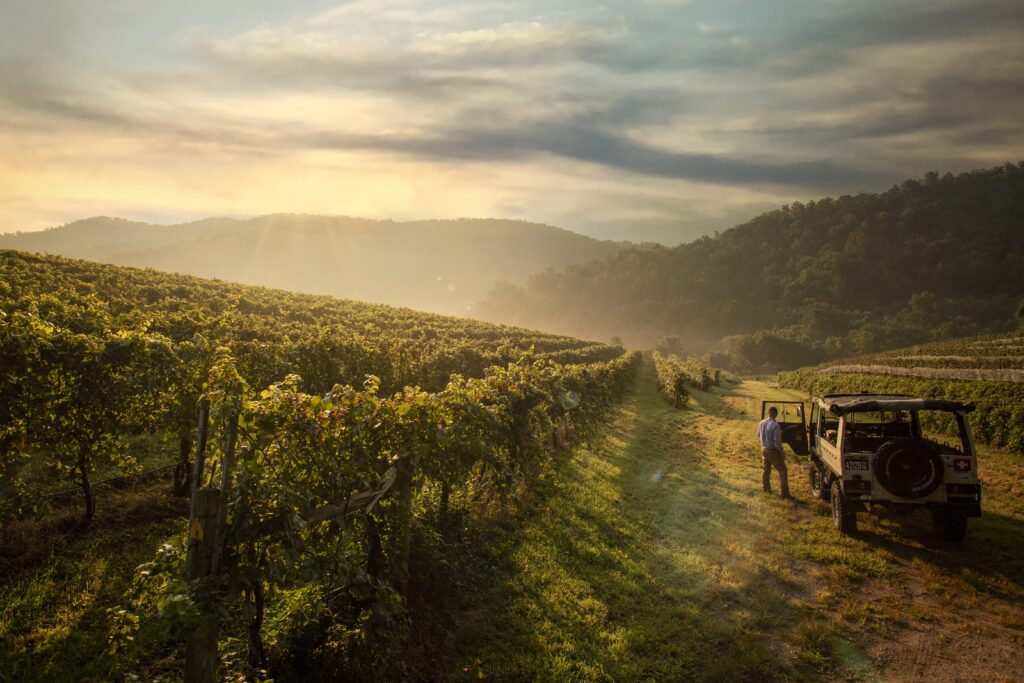The Wolf Post offers a professional service with free access, without subscription.
For this reason, a donation would also be a sign of appreciation for our work.
© Virginia Wine
The Virginia wine region is reportedly the first documented wine region in the United States. Located in the middle of the mid-Atlantic, it is surrounded by breathtaking landscapes, retro towns and historic sites. The state is home to over 4,000 acres of grapes, ten regions and eight AVAs. A history that dates back to the colonial era, exactly in 1619, when “Act 12” was approved which ordered the settlers of Virginia to plant vineyards.
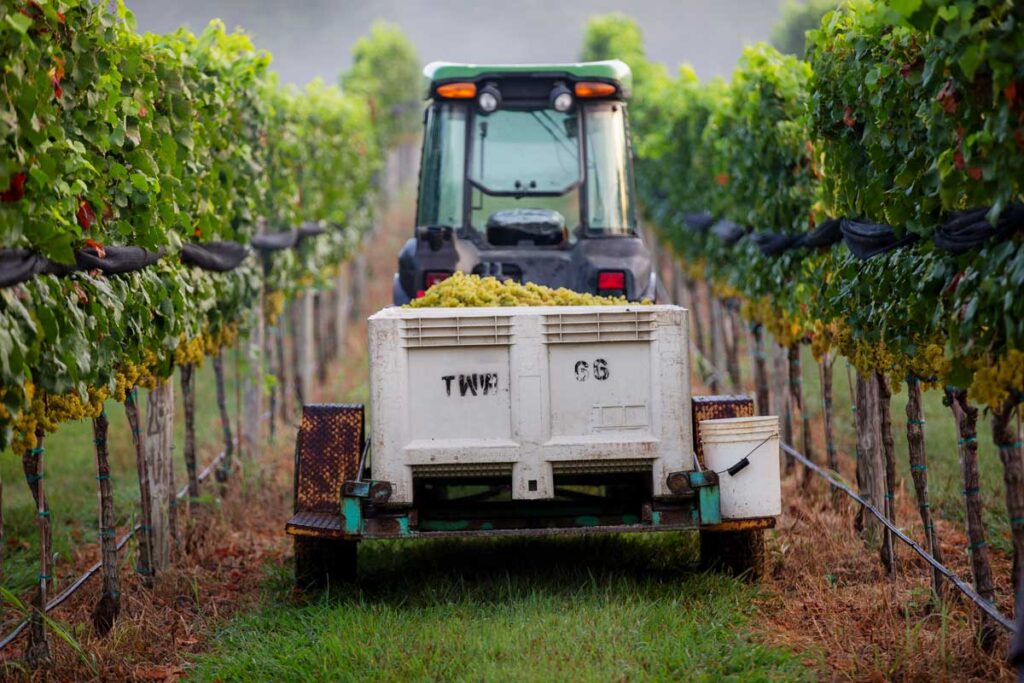
©Virginia Peninsula Wine Trail- Williamsburg Winery
One of the proponents of the US wine culture was Thomas Jefferson. In the early nineteenth century he founded two vineyards in his orchard to the south with the aim of making this area one of the best places for growing wine. While Thomas Jefferson’s Monticello mansion vineyard didn’t produce wine until the late 20th century, in the early 1900s, the city declared itself “the capital of the Virginia Wine Belt.”
During the 1980s and 1990s, several other vineyards and wineries joined the combination, and as of 2009, over 163 wineries were working in Virginia. Almost all of them are small family-run vineyards and wineries and only a few of them have developed distribution networks. As a result, wineries depend on wine tourism and sales for most of their income.
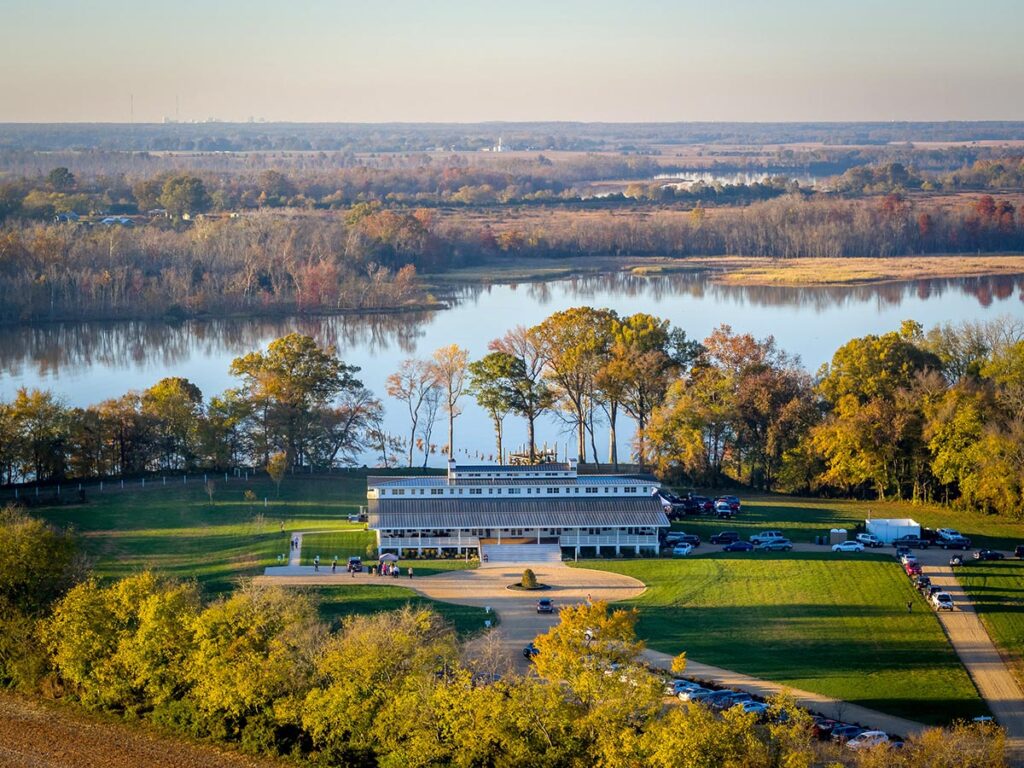
©Virginia Peninsula Wine Trail-Upper-Shirley
Over 5,000 acres of grapes cover the state, with new plantings every year. More than 30 types of grapes are grown in 10 regions and within 8 AVAs, largely due to a variety of different growing conditions. There is an even division between the production of red and white grapes. The majority of vines are planted in northern and central Virginia, although high-quality wines can be found throughout the state.
Created by the Virginia General Assembly in 1984 as part of the Virginia Department of the
Agriculture and Consumer Services, Virginia Wine Board promotes the interests of vineyards and wineries in the Commonwealth through research, education and marketing.
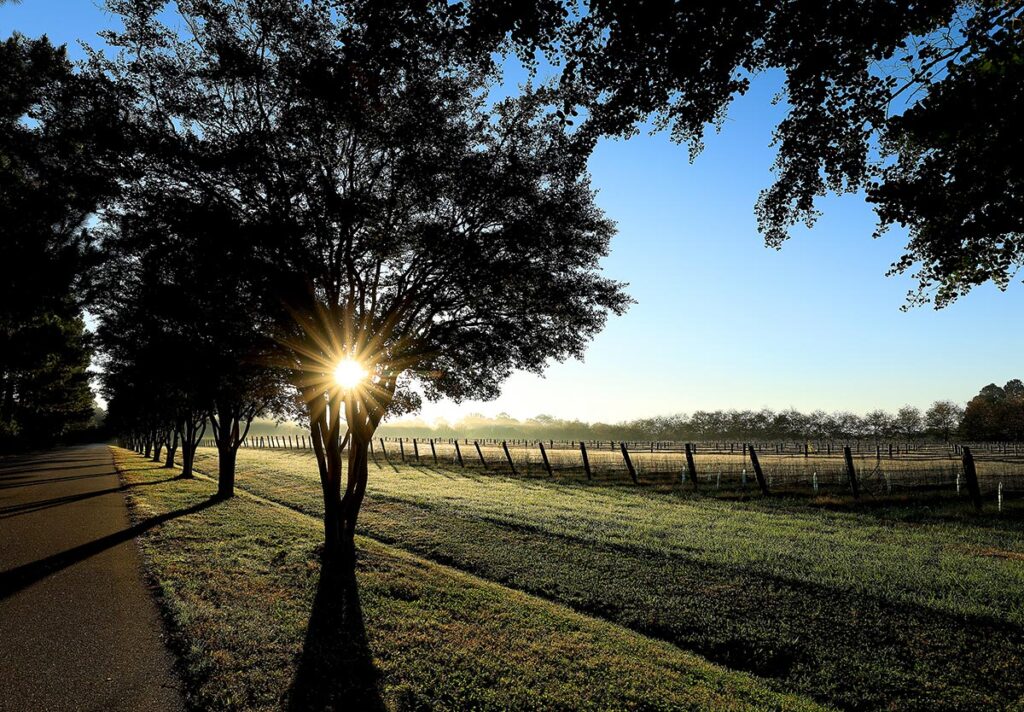
©Virginia Peninsula Wine Trail-Williamsburg-Winery
The Virginia Peninsula Wine Trail is Virginia’s newest AVA (Geographically Defined Grape Growing Area with Boundaries Determined by the United States Government) designation.
Virginia’s eighth federally recognized wine region, at 673,059 acres, includes James City, York, New Kent and Charles City counties as well as the cities of Poquoson, Hampton, Newport News and Williamsburg.
One of the distinguishing features of the Virginia Peninsula AVA is its subtropical climate with moderate to mild winters, humid temperatures, frequent rainfall during the harvest season, shallow soil with an underlying bedrock consisting primarily of sandstone, marine vessels, and clay.
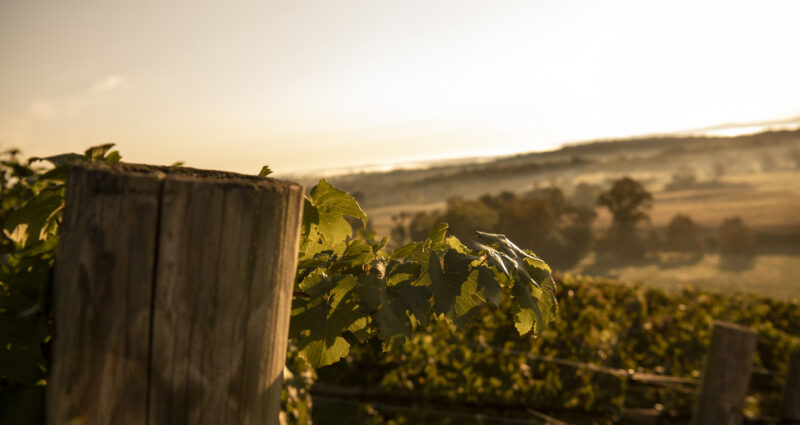
©Virginia Wine
The AVA is made up of six wineries: Williamsburg Winery, New Kent Winery, Upper Shirley Vineyards, Saudé Creek Vineyards, Gauthier Vineyard and Jolene Family Winery.
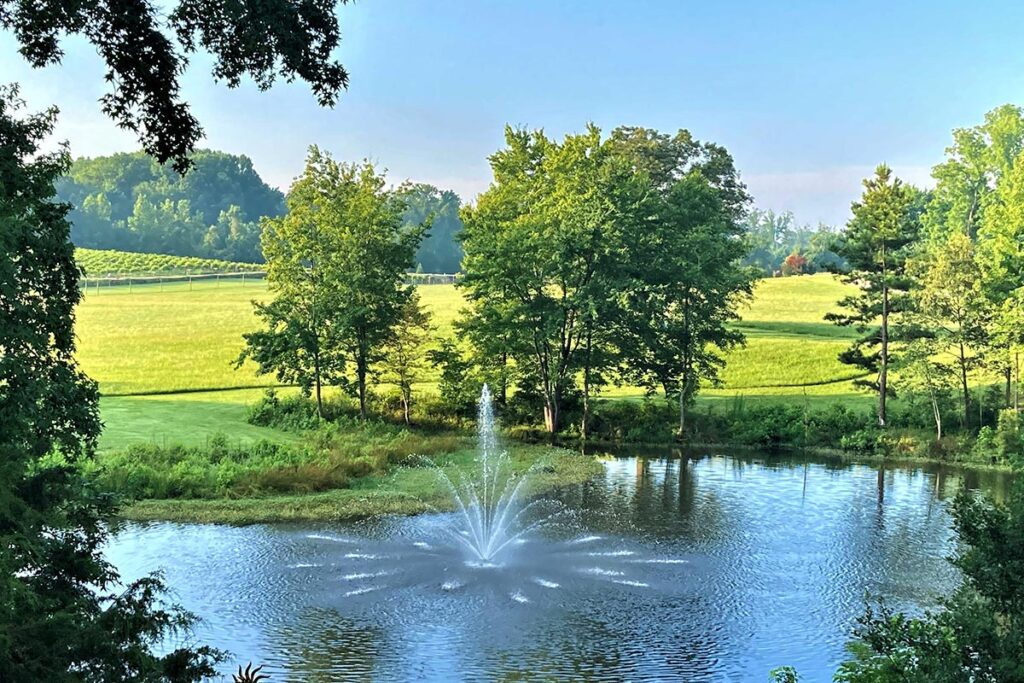
©Virginia Peninsula Wine Trail-Fountain-Gauthier
Among the varieties produced within the Virginia Peninsula AVA stand out Cabernet Franc, Merlot, Chardonnay, Riesling and Viognier but also Tannat, Petite Verdot and Petit Manseng. Hybrid varieties are also produced, including Norton, Chambourcin and Vidal Blanc.


